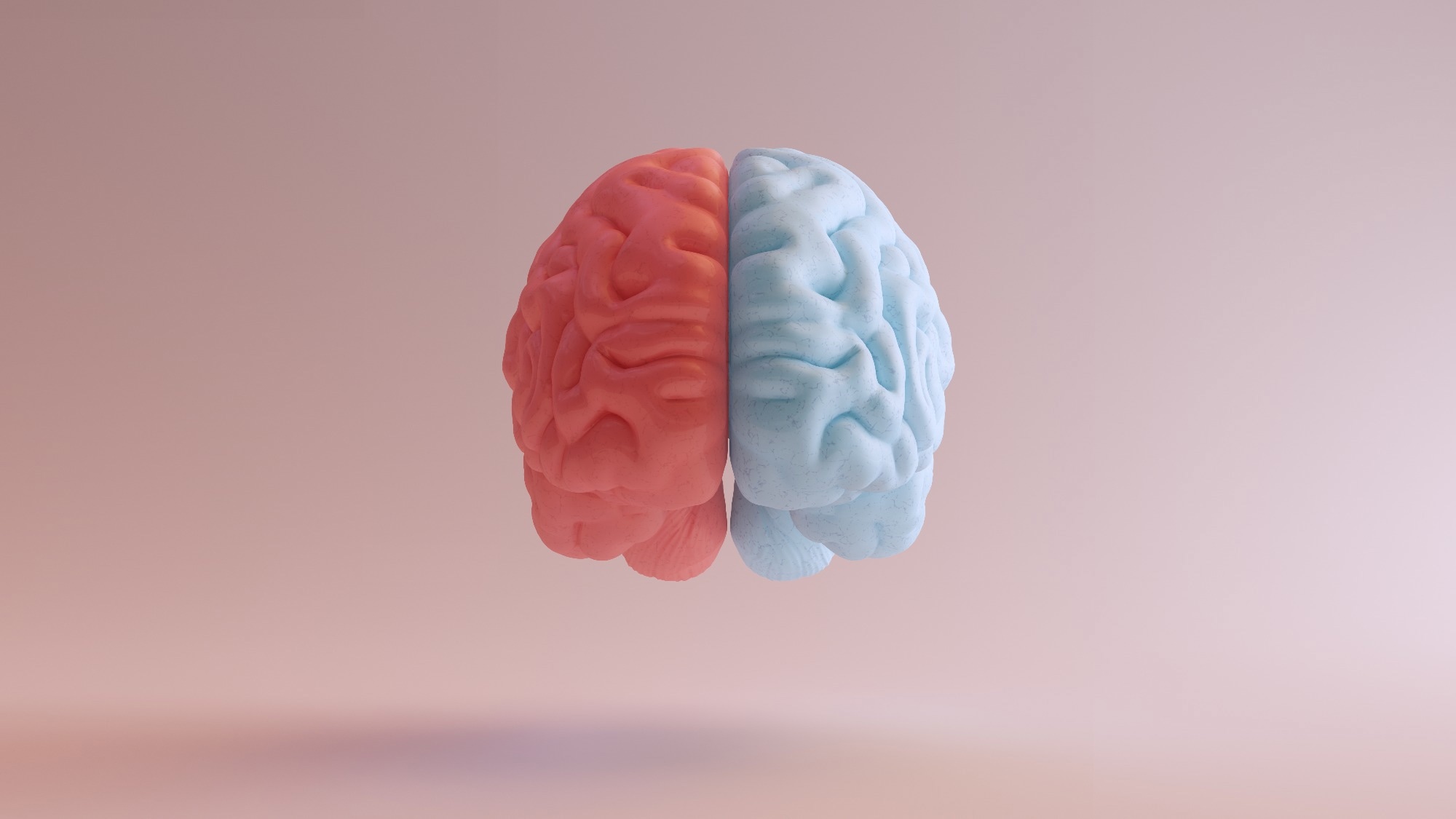A recent study published in the Communications Biology Journal summarized the knowledge of brain anatomy from fossil records and brain evolution.
 Study: From fossils to mind. Image Credit: 80'sChild/Shutterstock.com
Study: From fossils to mind. Image Credit: 80'sChild/Shutterstock.com
Background
Because the brain does not fossilize like bones and teeth, observing endocranium is the only way to understand extinct species' external brain anatomy.
The human brain can be best understood by comparing closely and distantly related species. Homo sapiens is a hominids (great apes) member, with bonobos and chimpanzees being the closest extant relatives.
Hominins include Homo sapiens and fossil species more closely related to humans than bonobos or chimpanzees. Several hominin species have evolved and become extinct in the past six-seven million years.
In the present study, the authors reviewed brain anatomy from fossil records, focusing mainly on hominins, and discussed the knowledge gaps in brain evolution and the advances in the field.
Data from endocasts
Endocasts are natural or synthetic internal casts of the endocranium, resembling brains, that provide data on a few gross anatomical features. The study of the brain evolution of extinct species was possible due to endocast techniques. Fossil endocranial imprints can provide information on brain size, vasculature, and morphological features.
Studies of vascular imprints in fossil endocasts revealed specific patterns in early hominins. Vascular system reorganization in early hominins is interpreted as evidence for the appearance of a thermoregulatory system to cool down the brain under hyperthermic conditions. The size of arteries can provide information about blood flow and glucose utilization in the brain.
Various brain functions are lateralized in humans and other vertebrates. Behavioral lateralization in non-human primates and humans is related to hemispheric asymmetry in the anatomy of brain regions and morphology of the corpus callosum. Humans show more robust and consistent functional lateralization patterns.
A study measuring patterns and magnitude of asymmetry in endocranial shape reported that humans, orangutans, and gorillas have about the same magnitude of asymmetry, but the endocasts of chimpanzees were less asymmetrical.
Another research team revealed that chimpanzees, orangutans, and gorillas exhibited asymmetry patterns typical of humans, challenging the notion that human asymmetry is unique.
Unresolved questions
The brain is one of the most energy-demanding tissues in the mammalian body. The adult human brain constitutes up to 2% of the body mass but consumes 20% of the energy intake. Determining how human brains operate on different energy budgets than others requires more information on other species' brain energetics.
It also remains unclear whether human brains are specialized for toolmaking and if their behavioral repertoires are associated with brain organization, independent of size.
Answers to these will require knowledge of how brain structures relate to human behavior and other species. More evidence on cross-species brain development might help understand whether human brains are specialized for plasticity.
Emerging directions
Emerging directions for future research involve paleo-neurological collections incorporating neuroimaging, cellular and molecular biology, comparative phylogenetic techniques, paleo-anthropological discoveries, and sharing tools and data.
New avenues have emerged to examine hominin brain evolution by integrating endocast data with neuroimaging.
Although phylogenetic approaches are widely used in evolutionary biology, their use has been more limited regarding fossil hominins.
These approaches can help explore ancestral states in hominin brain evolution and identify differences in evolutionary rates for some hominin phylogenic branches. They can also be used to improve brain structural predictions in extinct hominins.
Analyses of ancient DNA (aDNA) have revealed shared coding changes in the forkhead box protein P2 (FOXP2) gene linked to some forms of brain plasticity in humans, Denisovans, and Neanderthals. Phylogenetic comparative methods could be leveraged to reconstruct fossil genomes from extant species' genomes when aDNA is unavailable.
Organoids are instrumental in studies of extinct and extant species. The gene expression spatial patterns in brain organoids resemble the spatial layout of the brain, facilitating comparisons between species. Organoids adequately resemble nervous systems and can be used to understand developmental differences across species.
Concluding remarks
Notwithstanding the similarities with other mammalian brains, the human brain remains an outlier compared to the brains of the closest relatives.
Newer biomedical, ecological, and geological science techniques may offer opportunities for archeologists and paleontologists, which could have broader applications.
The combination of approaches including, but not limited to, comparative phylogenetic methods, new aDNA datasets, novel experimental strategies and advanced techniques to study the endocranium, archeological evidence, and sharing resources can offer new possibilities to study fossil hominin brain evolution.